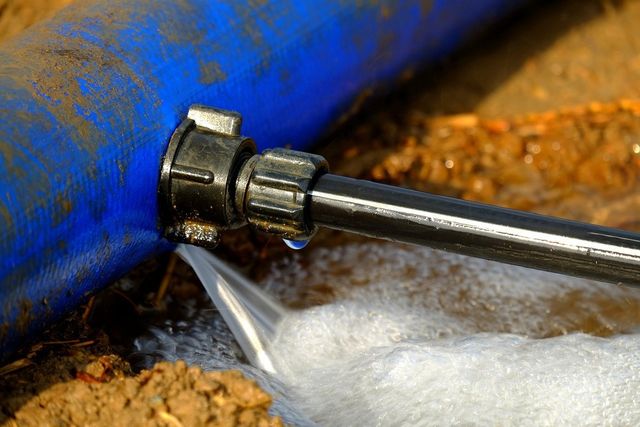Are you looking for guidance concerning Top leak detection hacks?

Early discovery of dripping water lines can mitigate a potential disaster. Some small water leaks might not be visible.
1. Check Out the Water Meter
Every residence has a water meter. Examining it is a proven way that helps you uncover leakages. For starters, turn off all the water resources. Make sure no person will certainly purge, utilize the faucet, shower, run the washing machine or dishwashing machine. From there, go to the meter and watch if it will transform. Considering that no one is utilizing it, there need to be no movements. That indicates a fast-moving leak if it relocates. Similarly, if you spot no changes, wait an hour or 2 and also inspect back once more. This suggests you might have a sluggish leak that could also be below ground.
2. Examine Water Consumption
Examine your water costs and track your water intake. As the one paying it, you need to notice if there are any inconsistencies. If you find sudden changes, despite your usage being the same, it implies that you have leaks in your plumbing system. Keep in mind, your water costs should drop under the very same array monthly. A sudden spike in your costs suggests a fast-moving leak.
A constant rise every month, even with the exact same behaviors, reveals you have a slow leakage that's additionally gradually rising. Call a plumber to extensively inspect your property, especially if you feel a cozy location on your flooring with piping below.
3. Do a Food Coloring Test
When it comes to water intake, 30% comes from toilets. If the color in some way infiltrates your dish during that time without flushing, there's a leakage in between the container and dish.
4. Asses Exterior Lines
Do not forget to check your outdoor water lines as well. Test spigots by attaching a garden hose. Needs to water permeate out of the link, you have a loose rubber gasket. Replace this and guarantee all connections are tight. It will assist get it properly examined as well as kept every year if you've got a sprinkler system. One small leak can lose tons of water as well as spike your water expense.
5. Assess the circumstance and check
House owners must make it a habit to inspect under the sink counters and also also inside cabinets for any type of bad odor or mold development. These two red flags suggest a leakage so timely attention is needed. Doing regular evaluations, also bi-annually, can save you from a major issue.
If you know your house is already old, keep a watchful eye on your heaters, pipes, pipes and so on. Look for discolorations and also damaging as many pipes as well as devices have a life span. They will also naturally degrade because of deterioration. Don't wait for it to intensify if you presume dripping water lines in your plumbing system. Call a professional plumber as soon as possible so you do not end up with a horrible mess in your home.
Early detection of dripping water lines can mitigate a potential calamity. Some little water leakages may not be visible. Inspecting it is a proven means that aids you find leakages. One small leak can waste bunches of water and surge your water bill.
If you believe leaking water lines in your plumbing system, don't wait for it to rise.
WARNING SIGNS OF WATER LEAKAGE BEHIND THE WALL
PERSISTENT MUSTY ODORS
As water slowly drips from a leaky pipe inside the wall, flooring and sheetrock stay damp and develop an odor similar to wet cardboard. It generates a musty smell that can help you find hidden leaks.
MOLD IN UNUSUAL AREAS
Mold usually grows in wet areas like kitchens, baths and laundry rooms. If you spot the stuff on walls or baseboards in other rooms of the house, it’s a good indicator of undetected water leaks.
STAINS THAT GROW
When mold thrives around a leaky pipe, it sometimes takes hold on the inside surface of the affected wall. A growing stain on otherwise clean sheetrock is often your sign of a hidden plumbing problem.
PEELING OR BUBBLING WALLPAPER / PAINT
This clue is easy to miss in rooms that don’t get much use. When you see wallpaper separating along seams or paint bubbling or flaking off the wall, blame sheetrock that stays wet because of an undetected leak.
BUCKLED CEILINGS AND STAINED FLOORS
If ceilings or floors in bathrooms, kitchens or laundry areas develop structural problems, don’t rule out constant damp inside the walls. Wet sheetrock can affect adjacent framing, flooring and ceilings.
https://www.servicemasterbyzaba.com/blog/how-to-detect-water-leakage-in-walls/

Hopefully you enjoyed reading our section on Finding hidden leaks. Thanks a ton for taking the time to read through our post. Sharing is nice. Helping people is fun. Thank you for taking the time to read it.